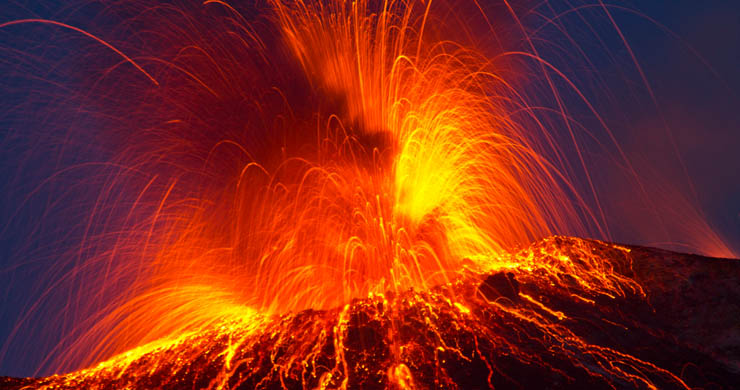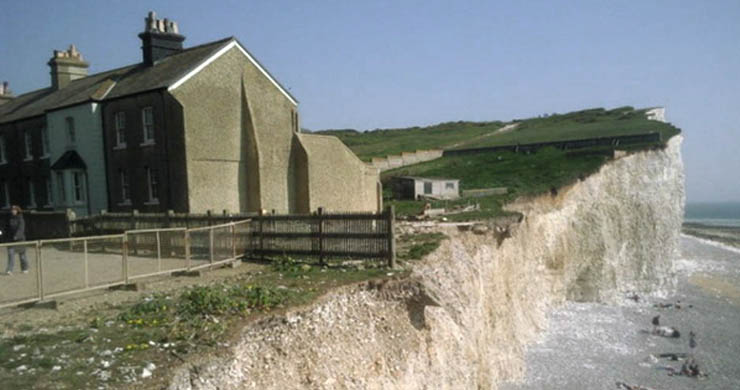Living in Peril
Living in Peril
So far in this issue of Geography in the News we have looked at limestone landscapes and volcanoes.
Now we will think about why people choose to live near them.
Living in peril – why take the risk?
People have chosen to settle on or close to limestone landscapes and volcanoes for hundreds of years for lots of reasons...

We will focus on three in particular:
-
agriculture
-
natural resources
-
tourism
Living in Peril - Agriculture
In different ways, limestone and volcanic landscapes and volcanic regions are excellent areas for agriculture. Let’s take a closer look at each of them.
Agriculture – limestone
Limestone soils tend to be thin, making them unsuitable for planting traditional crops. Instead, the uplands are covered in lush grass – perfect for grazing sheep.
If you visit Great Orme in Llandudno or the Mendip Hills in Somerset you will see thousands of sheep surrounded by dry stone walls built from, you guessed it, limestone!
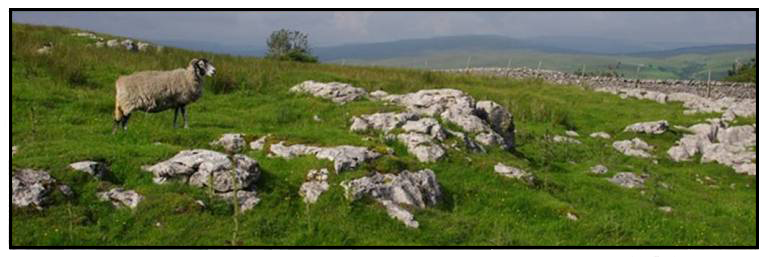
In some parts of the worlds limestone areas are used in very different ways. For example the Burgundy region of France produce world famous Chardonnay and Pinot Noir wines from grapes grown in limestone-rich soils.
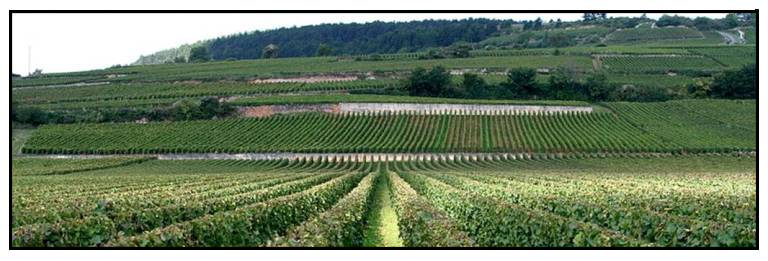
Limestone is also used as a fertiliser for growing crops on farms all over the world.
Agriculture – volcanoes
You might think that nobody would choose to have a farm close to a fire-breathing monster, but volcanic soils are rich in nutrients which help plants to grow. Hundreds of millions of people make their living on and around active volcanoes.
Volcanoes like Stromboli and Etna in Italy, and El Hierro in the Canary Islands support olive groves, vineyards and plantations of dates, orange and lemon trees.
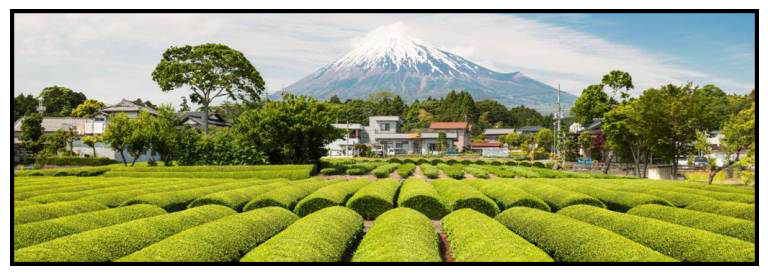
Green tea being grown beneath Mount Fuji, Japan
It’s not all easy though... Large eruptions which produce ash, mud and poisonous gases can devastate farmlands and destroy the livelihoods of many thousands of people in a matter of hours.
This happened in one of the most catastrophic eruptions in living memory – Mount St Helens in Washington State, USA (pictured below).
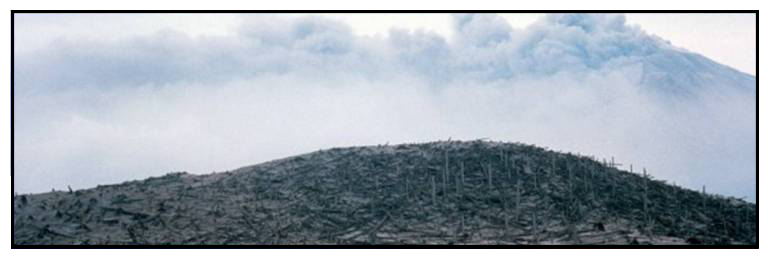
In 2002, Mount Nyiragongo in the Democratic Republic of Congo erupted. 400,000 people were evacuated from the area and lava, ash and poisonous gas destroyed farms and buildings. 147 people were killed.
Living in Peril - Natural resources
Both volcanoes and limestone landscapes provide valuable natural resources for industries like manufacturing and construction as well as for agriculture.
Natural resources – limestone
Limestone is used to produce cement, mortar and concrete. In Trefil in Blaenau Gwent limestone is still being quarried today.
Some of the smaller quarries are now closed and have been used for filming movies like Wrath of the Titans and the BBC TV series Doctor Who.
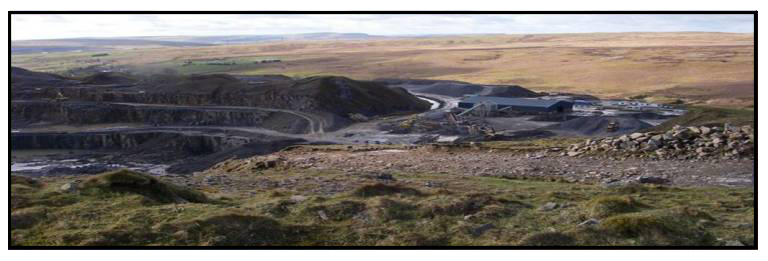
Trefil Quarry in South Wales (c) A. Bowring
Limestone also gets used in:
-
steel and glass-making
-
fertilisers
-
air-pollution control
-
medicines
-
toothpaste
Limestone blocks are used to build everything from dry-stone walls on the hills of South Wales to the Great Pyramid in Egypt. That was built more than 4,500 years ago using over 2.3 million limestone blocks!
Back in the stone age settlers people used sharp flints found in limestone as tools. They even used the limestone for carvings like the mask below which is around 9,000 years old.
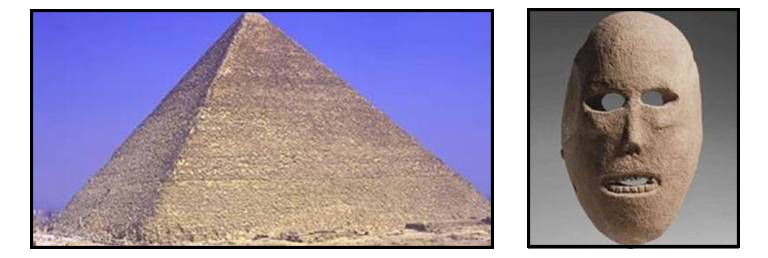
Metals are mined from the cracks and faults in limestone. For example, copper has been mined from the limestone hills of North Wales since the Bronze Age.
Natural resources – volcanoes
Volcanic rocks are used for building and decoration all over the world. It is sometimes called ‘dhustone’ from the Welsh word for black, ‘du’.
Minerals like tin, gold, silver and copper are common in volcanic regions and the incredible heat and pressure in the Earth’s upper mantle cooks carbon into diamonds. Eventually, volcanoes carry them to the surface where they can be dug up and used for everything from jewellery to drill bits.
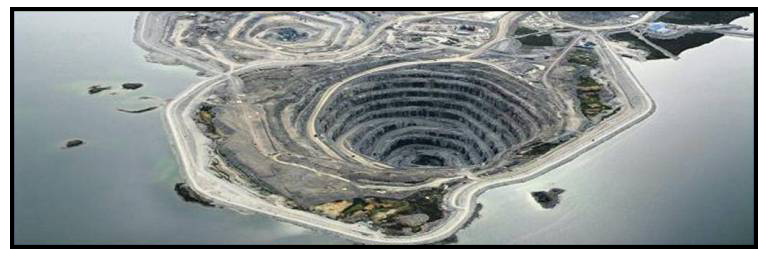
Diavik diamond mine in Northern Canada
Living in Peril - Tourism
Tourists are drawn to limestone and volcanic landscapes for several reasons:
-
the wide range of plant and animal life
-
spectacular landscapes
-
leisure activities like exploring caves and relaxing in geothermal pools
Tourism – limestone
Limestone uplands are home to rare and endangered species of wildlife like the High Brown Fritillary butterfly - the UK’s most-endangered species. Rare plants are at risk too, like Cushenbury buckwheat which is being harmed by limestone mining in the USA.
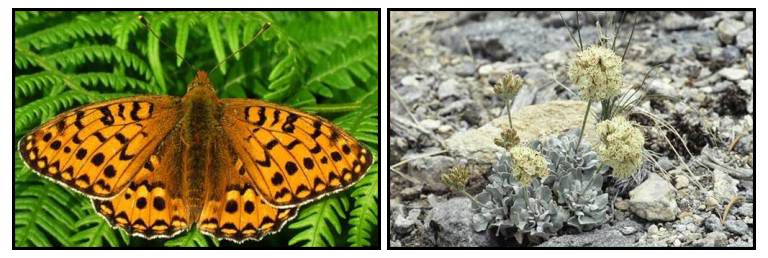
High Brown Fritillary (left) and Cushenbury buckwheat (right, (c) S. Eliason/USFS)
Nature lovers visit limestone regions to see these rare species, but limestone is easily eroded and the landscapes need to be protected so that the ecosystems can survive.
The rolling hills, steep cliffs and narrow gorges on the surface of limestone uplands attract walkers, climbers and cyclists, while the extensive caves and tunnels beneath the ground draw in curious tourists and adventurous cavers from around the world.
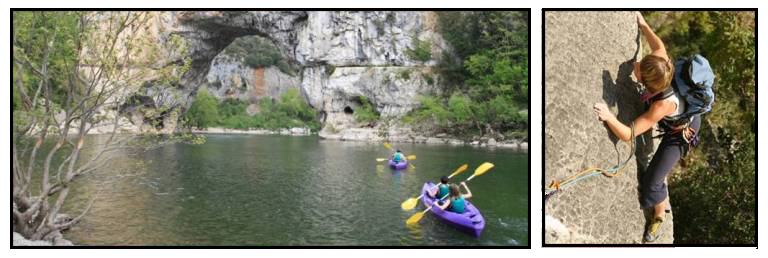
Tourism – volcanoes
Tourists have visited volcanoes for many years. In the 18th Century rich young men from around Europe would take a ‘grand tour’ as part of their education. Pompeii and Herculaneum, two towns destroyed by Mount Vesuvius in 79AD, were both part of the tour.
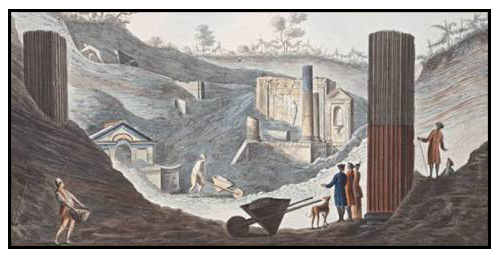
Discovery of the Temple of Isis at Pompeii, from Campi Phlegraei, Vol. 2 by William Hamilton (Naples: 1776)
In Iceland, pools of water heated by the Earth itself attract thousands of visitors each year who come to relax in the hot water while enjoying the spectacular landscapes (but not the smell – the water stinks!).
The Blue Lagoon (pictured below) is just one of many geothermal pools on the volcanic island, and there are many others all over the world.

The Blue Lagoon (c) I. Sabljak/C.C. Licence
The sharp, jagged peaks of dormant and extinct composite volcanoes have attracted climbers for years, while more recently the volcanic activity itself has become an attraction.
Brave (or foolish) tourists and scientists get close to the bubbling lava lakes on shield volcanoes like Mauna Loa and Mauna Kea in Hawaii, while the spectacular eruptions of Etna and Stromboli in Italy bring visitors from far and wide.
Watch the videos below to see volcanoes in action.
Video 1: Spattering in a lava lake on Hawaii
Video 2: April 2012 eruptions of Stromboli and Etna
Video 3: In Yellowstone National Park, the site of a supervolcano, the geyser ‘Old Faithful’ thrills its spectators with regular eruptions of water heated by volcanic rocks far beneath the surface.
Video 4: Mount Etna’s eruptions over the past few years have attracted many visitors, despite the dangers. They are rewarded with some spectacular sights, including Etna’s very unusual habit of blowing smoke rings.
Pupil Activity
Take a virtual fieldtrip using a GIS like Google Earth and visit one of the locations mentioned in any of the three articles in this issue:
-
Danger – Limestone!
-
Danger – Volcano!
-
Living in Peril
Find out about the area around it, including the industries and activities in the local area (agriculture, mining, tourism, leisure etc).
Write a short newspaper article about the area that you chose.
You might want to write about a particular event like an eruption, landslide or a collapsed cave. Or you could write about more general changes to the environment (e.g. erosion and environmental damage) and the communities living there.
